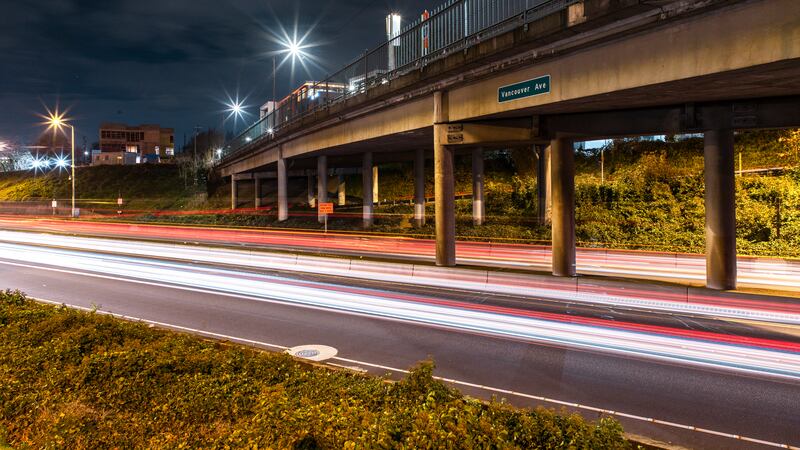Oregon Transportation Commission Chairman Bob Van Brocklin today informed lawmakers and key stakeholders in a proposed expansion of Interstate 5 at the Rose Quarter that the OTC will make a key decision on the project no later than March 20.
By that date, the OTC will tell the Oregon Despartment of Transportation whether or not it has to conduct a more extensive study of the project's environmental effects.
"On or before March 20, 2020, the OTC will consider whether to direct ODOT to complete the Project's Environmental Assessment, which has been underway for more than a year, with additional analysis on specific elements outlined in this letter or, instead, complete an Environmental Impact Statement," Van Brocklin wrote in a Jan. 17 letter. "No decision on this issue will be made at the January 2020 meeting."
The OTC had been scheduled to make a decision on that point in its December meeting but Gov. Kate Brown, who appoints OTC members, asked the commission to delay action because of concerns raised by Portland Public Schools, the Albina Vision Trust and local governments.
In all, Van Brocklin listed 11 steps in his letter that he's recommending the OTC support to move the project forward.
As WW first reported last month, the project cost estimates have ballooned from an initial figure of $450 million in 2017, to a new range of $715 million to $795 million.
Van Brocklin wants to form a number of committees and put various principles around the project.
The most important decision will be whether to stick with the environmental assessment ODOT has nearly completed or embark on an environmental impact study, a longer, more complicated process which would give critics of the project more leverage to force changes. An EIS would also add to the cost of widening the freeway, a step ODOT says will increase safety and reduce congestion. (Critics take issue with both claims.)
The other two most notable requests Van Brocklin is making beyond the decision on environmental study are to conduct additional study of capping I-5 to allow the redevelopment of the Albina Neighborhood and to further study the possibility of congestion pricing, i.e. tolling, to help pay for the project.
